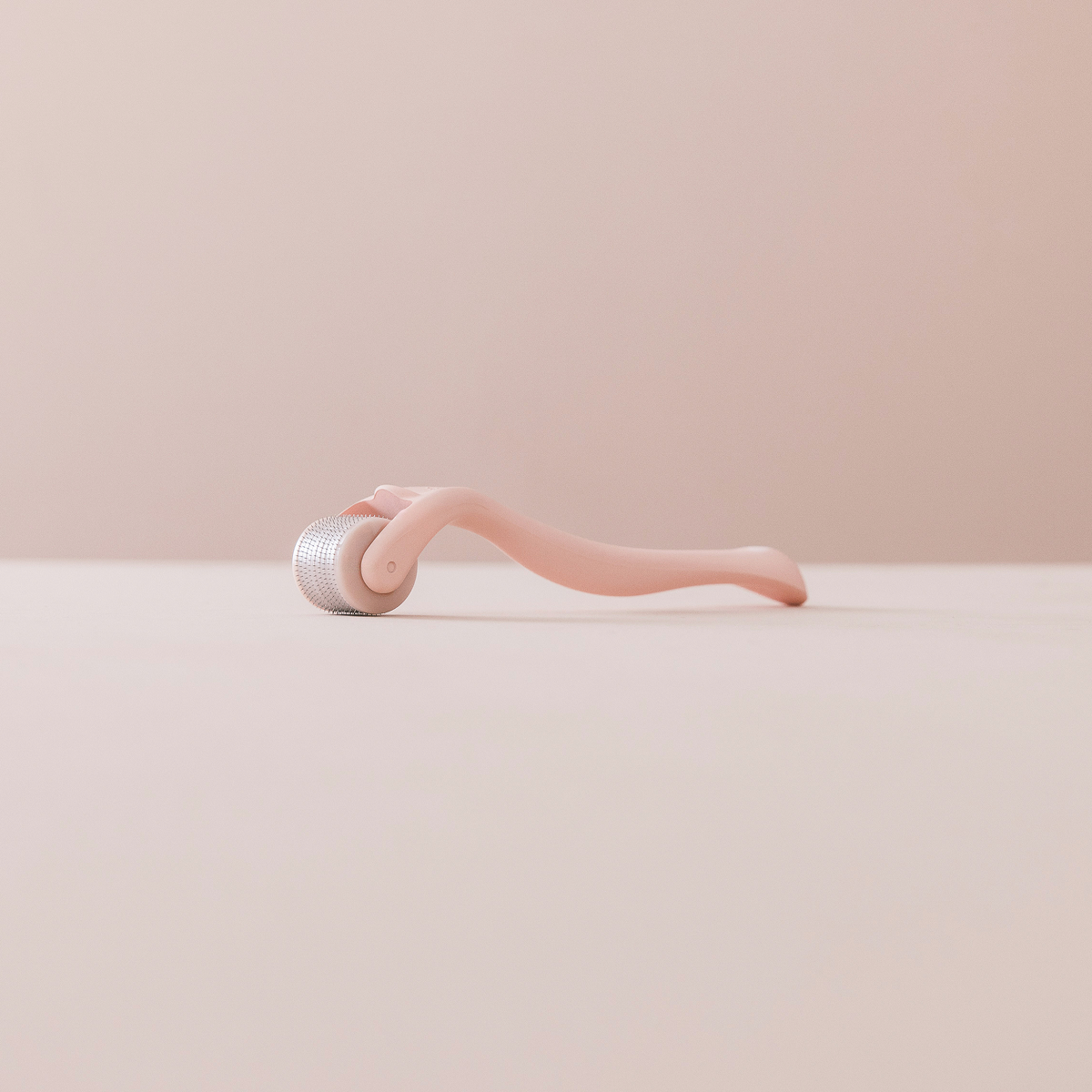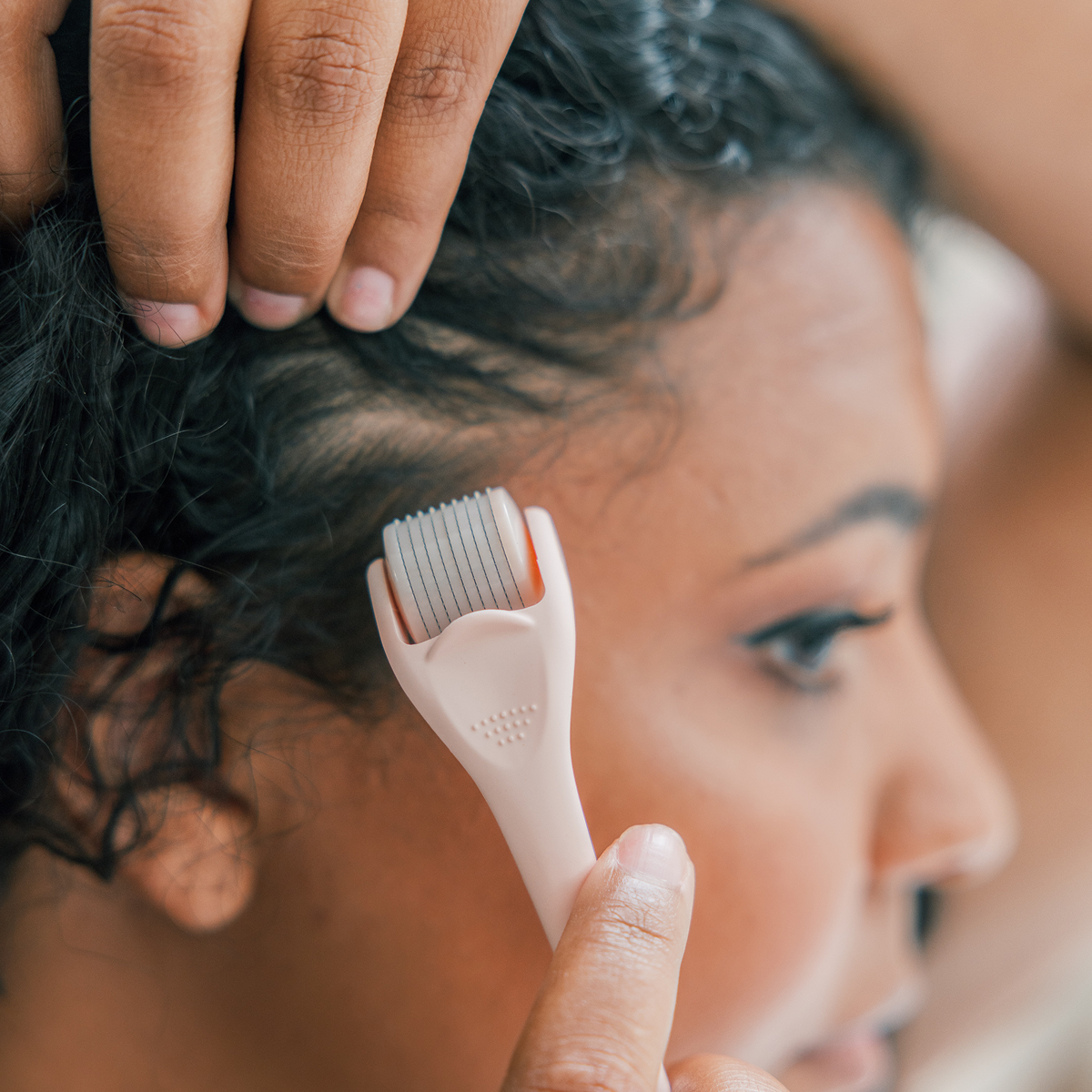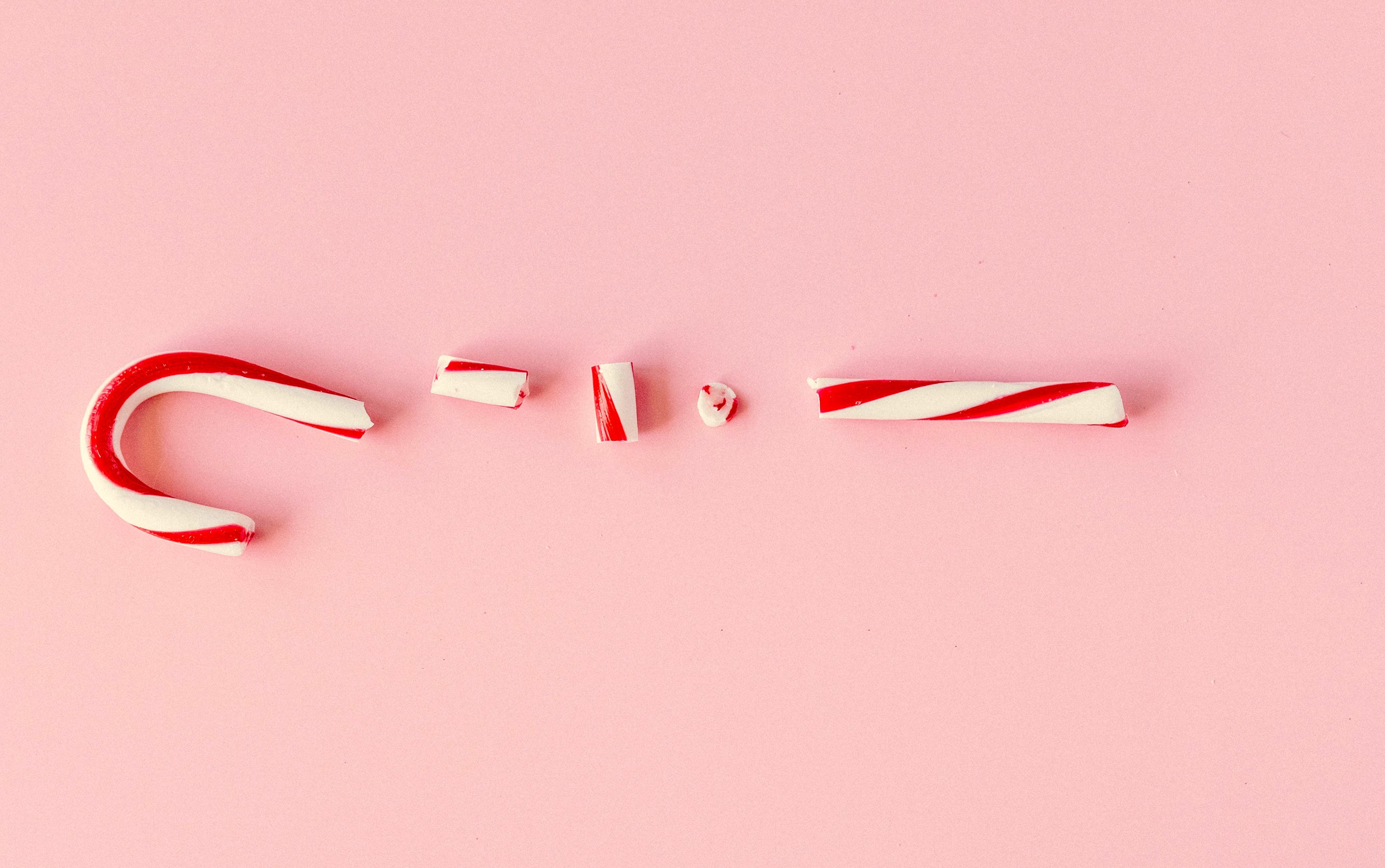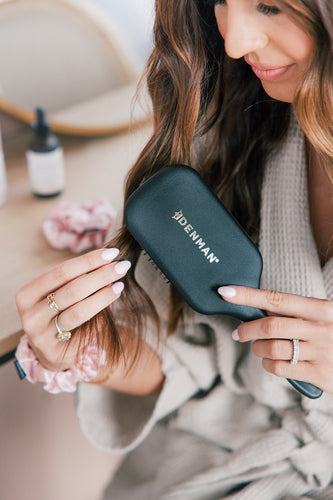It seems impossible, but I was right there with you until I realized I needed to train my hair and scalp to find their natural balance.
Now that I wash my hair less often, my scalp is softer, more supple, and sooo much less oily.
But to be honest, I expected all that.
The things I didn’t expect were:
- How many hours hair training has saved me on styling time each week – just a few touch-ups are all I need.
- How much money hair training has saved me on hair products – I use most of them only on wash day.
- How much healthier my hair is from using heat tools less often – my hair feels so much silkier than before.
I went from dry and oily to healthier hair, more time and money. It’s a triple win – and all from taking the steps to train my hair.
What is hair training?

Hair training is simply teaching your hair to produce the right amount of oil by gradually reducing the frequency of hair washing.
Seems a little…counterproductive, doesn’t it?
But, over-washing your hair dries out your scalp because shampoo strips the natural oils from your scalp. Then, your body thinks it needs to send more oil to the scalp, which it does in abundance! This trains your scalp to overproduce sebum (aka the natural oil produced by the scalp), leading to instantly oily hair, dryness, breakage, and other issues.
So, you need to train your hair to get back in balance!
By using a mild shampoo and conditioner and gradually stretching the time between washing your hair, you can help your scalp adjust its sebum production, ultimately leading to healthier hair.
How do I get my scalp to produce less oil?
I recommend training your hair in one-day steps. So, if you wash your hair every day, start by stretching your wash day to every other day – then add another day between washes every two weeks.
If your scalp has adapted after those two weeks (i.e., isn’t overproducing oil), start washing your hair every third day for another two weeks. Then, after two weeks of this schedule, wash your hair every fourth day for two weeks.
Continue extending your wash-day cycle until you strike the perfect balance for your hair type. Typically, that’s about 4 to 5 days between wash days for fine/thin hair and up to 10 days for thick/coarse hair.
Be sure to monitor your scalp throughout your training regime. If you’re noticing that your scalp is super oily at any point, then stick with your current wash-day cycle until your scalp adapts. So if, after two weeks of washing your hair every 3 days, it’s still super oily – go another two weeks on that schedule.
Remember that like any training, the key here is consistency! So, try to be patient as you give your scalp time to learn and adapt!
I feel like I also need to give you a PSA – I still wash my body every day – because hygiene is essential here!
Wash day - Prep your hair for training
Styling and prepping are important on wash days. Done right and you’ll keep your hair looking more voluminous and fresh between washes.
- Blow-dry your hair – though heat isn’t as gentle as air-drying, you’ll keep your hair less oily by blow-drying it away from your scalp and in the opposite direction your hair usually lays. Use higher heat to really fluff up your hair cuticles for extra volume.
- Apply products – apply root booster, leave-in conditioner or heat-protectants. If you have an especially oily scalp apply a lightweight dry shampoo after blow-drying. My favorite products and how I use them Nourish + Repair Serum



























